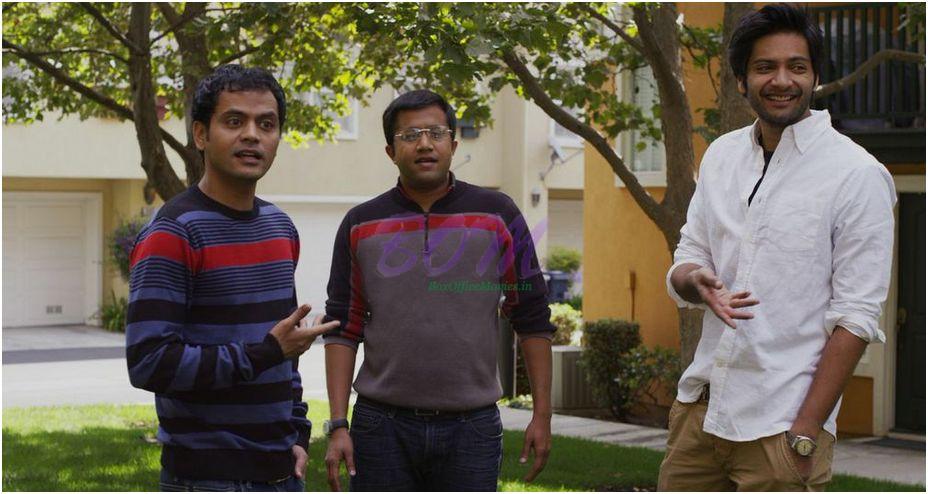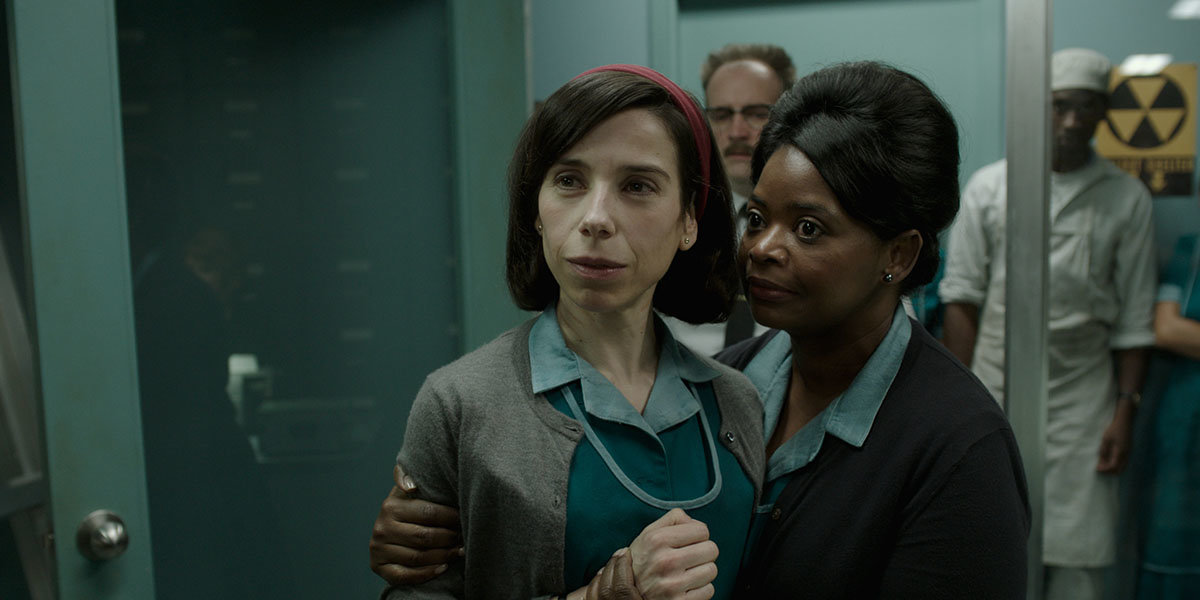Robert Langdon woke in a hospital bed with a splitting headache where a bullet had creased his scalp. He couldn’t place the past 48 hours. Peering out the window and expecting to see the Charles River, the professor of religious iconology cried out in alarm.
“What?!” Pressed his nurse.
“I’m in Florence!” Langdon protested. Indeed, the landmarks were unmistakable – the beams of the crescent moon glittered against the centerpiece of the Piazza Vermíni. Following the tendrils of the statue, the road pointed south towards the Basilica di Tomas Hànks, a town landmark since the middle ages.
Gunshots rang out in the hallway.
“We’ve got to get out of here!” Cried the caretaker, grabbing the woozy Langdon and frogmarching him out the back exit of the hospital and into a cab below.
“Who are you?” Queried Langdon, somehow grasping that his nurse was more than she seemed.
“Sienna Brooks. My apartment is close. We can hang out there until danger has passed. Do you remember anything?” Gunshots followed them outdoors as their car sped off down the Via Felicity Jones.
“Nothing,” said a frustrated Langdon trying to piece together the fragmented memories of the past two days: fire … blood … a syringe … a vision of Armageddon … a drunk Red Sox fan … a cat throwing up on the Old North Church.
The two reached Sienna’s apartment. The threat seemed far behind now. Who would be shooting at them? Was Langdon the target? Why? Sienna handed Langdon a bag of his clothes thoughtfully removed during their escape. Still in hospital gown, Langdon thanked her foresight, and stepped into his pants. Curiosity got the better of him, however, and before donning another article of clothing, he explored the contents of the bag. His jacket concealed an object. Inside a pocket, the professor found a clue – a thumbprint locked biohazard tube. Before Sienna could stop him, Langdon pressed his thumb against the imprint reader. The tube slid open, revealing a small ivory cylinder. The seared external markings read: Inferno.
Robert and Sienna both studied the tube, puzzled. Even though he had no memory of this object, Langdon felt possessive of it. Had it not been found in his clothes? Had it not been opened by his thumbprint? His self examination revealed a pushbutton at one end – when depressed, a projected image glowed from the opposite end of the cylinder. He held the image to his eye, recognizing it at once. This was indeed Inferno.
Langdon covered the light with his hand and pivoted the cylinder towards an unfurnished wall to share with Sienna, warning, “this image is not meant for the weak of stomach.” With dramatic showmanship he removed his hand and released a vision so horrible it could not possibly have been created by a sane man. The scene could not but describe an inner layer of Hell itself, a setting of eternal torment, the figures within distorted and grotesque. It was clearly a depiction of evil fantasy. In the center of what appeared to be a medieval painting, there was a circular table covered in green cloth. Bandied about the table were poker chips and playing cards. And the table was completely surrounded by anthropomorphized dogs gambling on the outcome. Sienna flinched involuntarily at the sight.
“In the 14th century, Dante Aligheri defined our modern version of Hell in an epic poem entitled the Divine Comedy.” Langdon lectured, “Inferno is the first part of the poem. Years later, Renaissance painter Sandro Boticelli illustrated Dante’s words. This is his interpretation.”
“It’s ghastly!”Sienna cried, shielding her eyes from the light.
“Yes. This depiction of Hell was meant to deter sinners and saints alike,” Langdon described.
Sienna caught herself and steeled, ready anew to face the hideous work of art. She spied a near human among the animals.  Incredible as it may seem, the pug in the middle wore a face more human than canine. “This one … why does he have the face of a man?”
Incredible as it may seem, the pug in the middle wore a face more human than canine. “This one … why does he have the face of a man?”
“Ahh, the dealer. Well spotted. This is a subtle nod to Leonardo Da Vinci’s verbal battle with Pope Alexander VI, who – to Da Vinci’s chagrin- constantly blamed his own reckless flatulence on some phantom Vatican City canine.” Robert lectured on, “you can see how the dog resembles the papal figure; can you read the inscription in the table below?”
“et excoquam ad eam … ipse fecit illud …?” She mouthed mechanically.
“Yes. Roughly translated, ‘he who smelt it, dealt it.’ ”
Langdon and Brooks both scoured the painting in horrific fascination, as one might view a car crash from a moving vehicle. Smaller details in the painting came to light – on each of the five dogs in the landscape, there were alphabetical abnormalities, orphaned letter groups almost too small for the eye to see, but distinct and certainly present.
“Robert, what do they mean?”
“I don’t know.”
The two made a chart. “It’s an anagram!” Robert concluded.
Sienna spelled out the letter groupings on a separate piece of paper which now read:
THSI OPLT MKSEA ON ENSSE
The two poured over the letters.
“I think I have it.” Sienna finally announced.
At that moment, the door burst inward.
Sienna gasped.
Rated PG-13, 121 Minutes
D: Ron Howard
W: David Koepp
Genre: Art appreciation 101
Type of person most likely to enjoy this film: Dante Aligheri
Type of person least likely to enjoy this film: That couple with, like, 19 children
Thank you, Dan Brown, for reminding me that every chapter should end in doubt.



